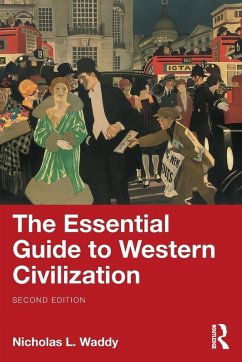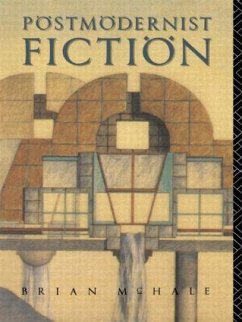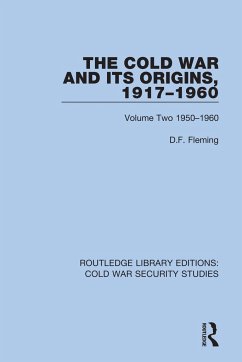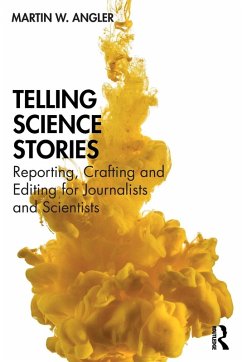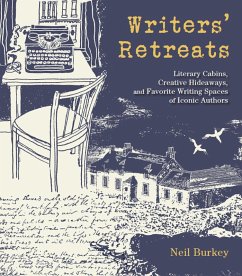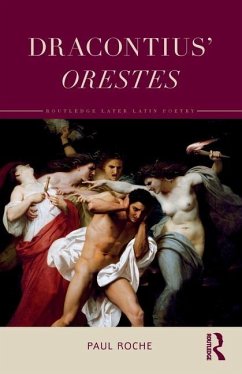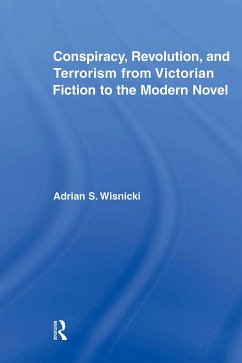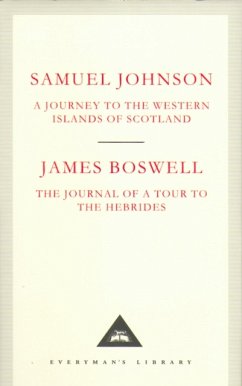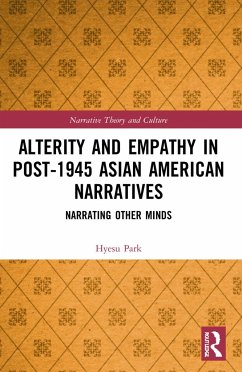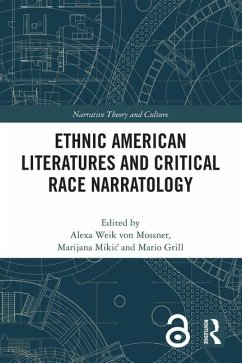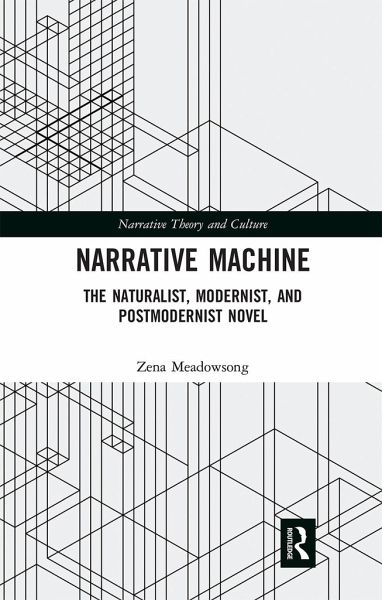
Narrative Machine
The Naturalist, Modernist, and Postmodernist Novel
Versandkostenfrei!
Versandfertig in 6-10 Tagen
48,99 €
inkl. MwSt.
Weitere Ausgaben:

PAYBACK Punkte
24 °P sammeln!
Narrative Machine: The Naturalist, Modernist, and Postmodernist Novel advances a new history of the novel, identifying a crucial link between narrative innovation and the historical process of mechanization. In the late nineteenth century, the novel grapples with a new and increasingly acute problem: In its attempt to represent the colossal power of modern machinery-the steam-driven machines of the Industrial Revolution, the electrical machines of the modern city, and the atomic and digital machines developed after the Second World War-it encounters the limitations of traditional representativ...
Narrative Machine: The Naturalist, Modernist, and Postmodernist Novel advances a new history of the novel, identifying a crucial link between narrative innovation and the historical process of mechanization. In the late nineteenth century, the novel grapples with a new and increasingly acute problem: In its attempt to represent the colossal power of modern machinery-the steam-driven machines of the Industrial Revolution, the electrical machines of the modern city, and the atomic and digital machines developed after the Second World War-it encounters the limitations of traditional representative strategies. Beginning in the naturalist novel, the machine is typically portrayed as a mythic monster, and though that monster represents a potentially horrific reality-the superhuman power of mechanization-it also disrupts the documentary objectives of narrative realism (the dominant mode of nineteenth-century fiction). The mechanical monster, realistic and yet at odds with traditional realist strategies, tears the form of the novel apart. In doing so, it unleashes a series of innovations that disclose, critique, and contest the force of mechanization: the innovations associated with literary naturalism, modernism, and postmodernism.





